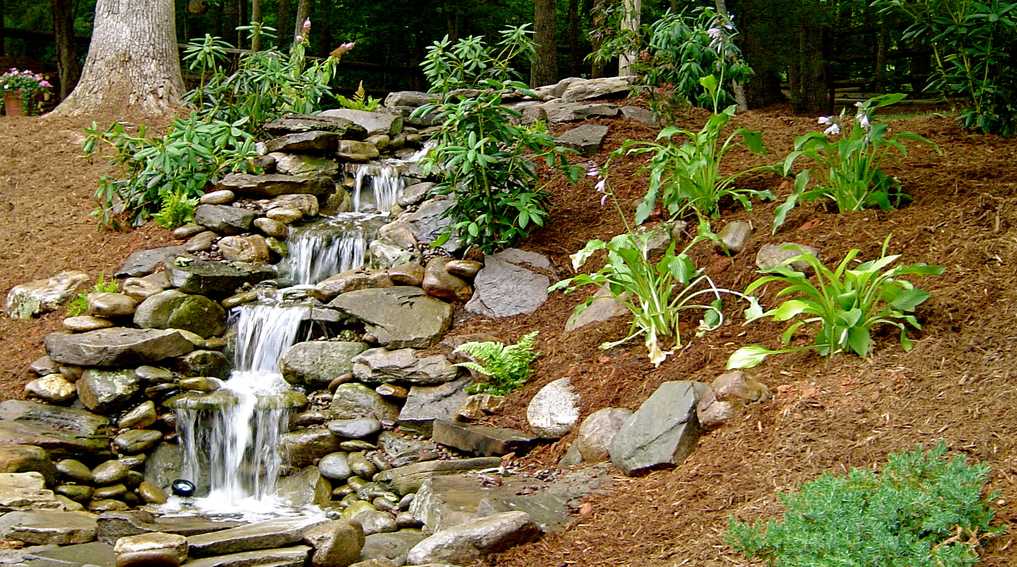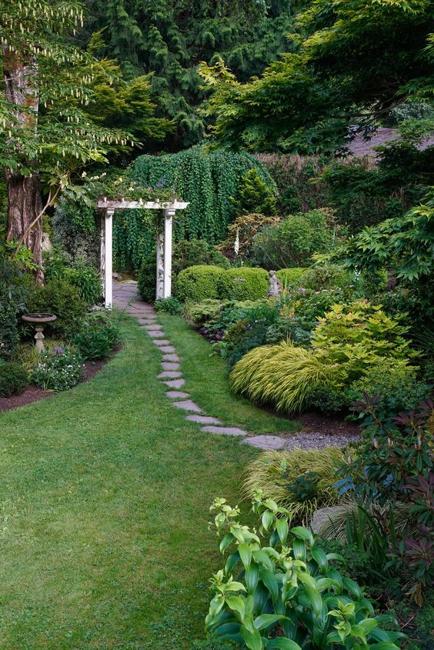

 Scenery: The natural features of a landscape considered in terms of their appearance, esp. There are several words that are frequently associated with the word landscape: An example of this second usage can be found as early as 1662 in the Book of Common Prayer:Ĭould we but climb where Moses stood, And view the landscape over. The popular conception of the landscape that is reflected in dictionaries conveys both a particular and a general meaning, the particular referring to an area of the Earth's surface and the general being that which can be seen by an observer. The word landscape, first recorded in 1598, was borrowed from a Dutch painters' term. The modern form of the word, with its connotations of scenery, appeared in the late sixteenth century when the term landschap was introduced by Dutch painters who used it to refer to paintings of inland natural or rural scenery. The suffix -schaft is related to the verb schaffen, so that -ship and shape are also etymologically linked. The roots of -ship are etymologically akin to Old English sceppan or scyppan, meaning to shape. The suffix -scape is equivalent to the more common English suffix -ship. Land (a word from Germanic origin) may be taken in its sense of something to which people belong (as in England being the land of the English). The term landscape emerged around the turn of the sixteenth century to denote a painting whose primary subject matter was natural scenery. The word landscape ( landscipe or landscaef) arrived in England-and therefore into the English language-after the fifth century, following the arrival of the Anglo-Saxons these terms referred to a system of human-made spaces on the land. When people deliberately improve the aesthetic appearance of a piece of land-by changing contours and vegetation, etc.-it is said to have been landscaped, though the result may not constitute a landscape according to some definitions. In common usage however, a landscape refers either to all the visible features of an area of land (usually rural), often considered in terms of aesthetic appeal, or to a pictorial representation of an area of countryside, specifically within the genre of landscape painting. There are several definitions of what constitutes a landscape, depending on context.
Scenery: The natural features of a landscape considered in terms of their appearance, esp. There are several words that are frequently associated with the word landscape: An example of this second usage can be found as early as 1662 in the Book of Common Prayer:Ĭould we but climb where Moses stood, And view the landscape over. The popular conception of the landscape that is reflected in dictionaries conveys both a particular and a general meaning, the particular referring to an area of the Earth's surface and the general being that which can be seen by an observer. The word landscape, first recorded in 1598, was borrowed from a Dutch painters' term. The modern form of the word, with its connotations of scenery, appeared in the late sixteenth century when the term landschap was introduced by Dutch painters who used it to refer to paintings of inland natural or rural scenery. The suffix -schaft is related to the verb schaffen, so that -ship and shape are also etymologically linked. The roots of -ship are etymologically akin to Old English sceppan or scyppan, meaning to shape. The suffix -scape is equivalent to the more common English suffix -ship. Land (a word from Germanic origin) may be taken in its sense of something to which people belong (as in England being the land of the English). The term landscape emerged around the turn of the sixteenth century to denote a painting whose primary subject matter was natural scenery. The word landscape ( landscipe or landscaef) arrived in England-and therefore into the English language-after the fifth century, following the arrival of the Anglo-Saxons these terms referred to a system of human-made spaces on the land. When people deliberately improve the aesthetic appearance of a piece of land-by changing contours and vegetation, etc.-it is said to have been landscaped, though the result may not constitute a landscape according to some definitions. In common usage however, a landscape refers either to all the visible features of an area of land (usually rural), often considered in terms of aesthetic appeal, or to a pictorial representation of an area of countryside, specifically within the genre of landscape painting. There are several definitions of what constitutes a landscape, depending on context. 
The activity of modifying the visible features of an area of land is referred to as landscaping.Ī typical Dutch landscape in South Holland The Earth has a vast range of landscapes, including the icy landscapes of polar regions, mountainous landscapes, vast arid desert landscapes, islands, and coastal landscapes, densely forested or wooded landscapes including past boreal forests and tropical rainforests, and agricultural landscapes of temperate and tropical regions. Landscape can be as varied as farmland, a landscape park or wilderness. It is the dynamic backdrop to people's lives. The character of a landscape helps define the self-image of the people who inhabit it and a sense of place that differentiates one region from other regions. Combining both their physical origins and the cultural overlay of human presence, often created over millennia, landscapes reflect a living synthesis of people and place that is vital to local and national identity. A landscape includes the physical elements of geophysically defined landforms such as (ice-capped) mountains, hills, water bodies such as rivers, lakes, ponds and the sea, living elements of land cover including indigenous vegetation, human elements including different forms of land use, buildings, and structures, and transitory elements such as lighting and weather conditions. Large fields of modern farmland, Dorset, EnglandĪ landscape is the visible features of an area of land, its landforms, and how they integrate with natural or man-made features, often considered in terms of their aesthetic appeal.







 0 kommentar(er)
0 kommentar(er)
